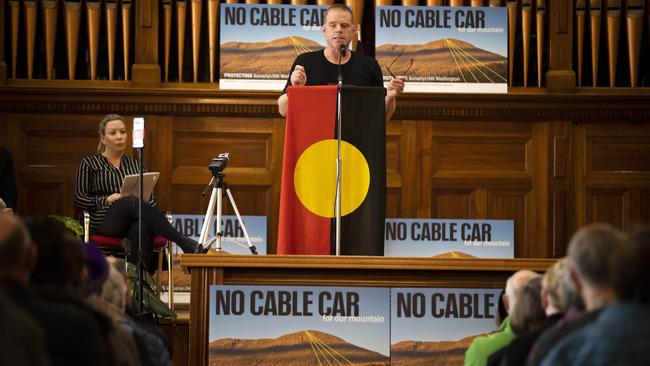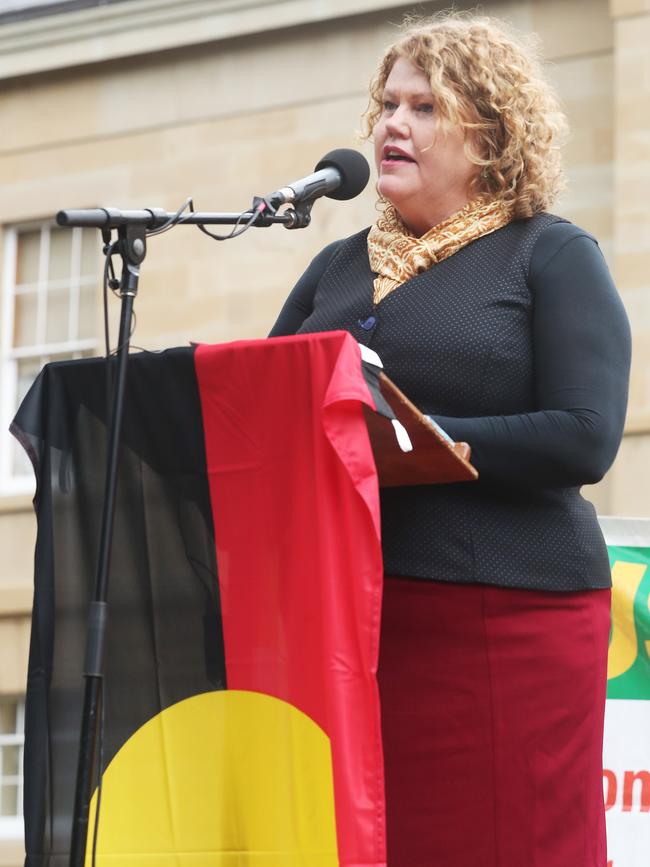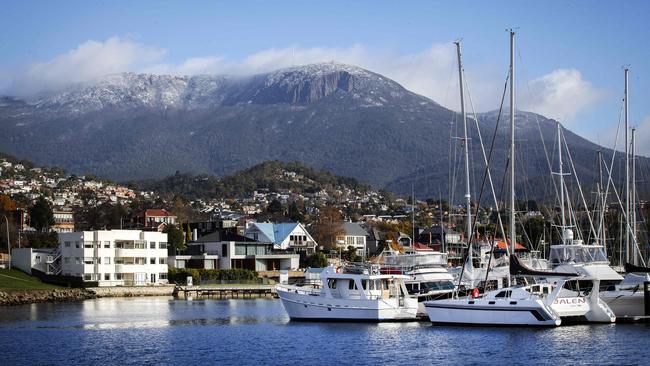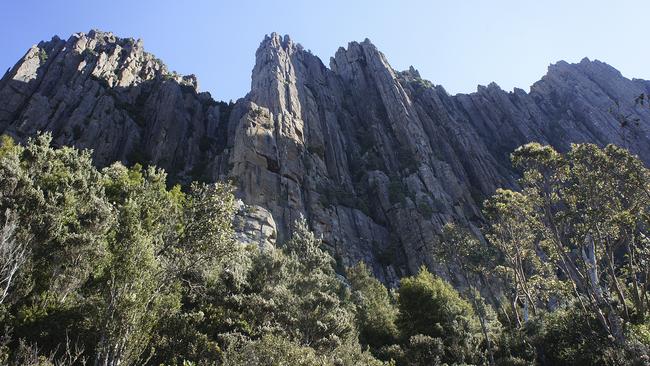Anna Reynolds explains why council rejected kunanyi cable car development
Now the decision has been made on the cable car to the top of Mt Wellington/kunanyi, it’s time move on to other ideas, Hobart City Mayor Anna Reynolds writes. FULL OPINION PIECE >>
Opinion
Don't miss out on the headlines from Opinion. Followed categories will be added to My News.
- Explained: What’s next for the Mt Wellington Cable Car proposal?
- Mt Wellington Cable Car rejected by Hobart Council
- Councillor accused of hypocrisy over phone use in meetings
Anna Reynolds is Mayor of Hobart. She penned the following opinion piece on why she was one of the councillors who rejected the proposal...
THE debate about whether to build a cable car on kunanyi/Mount Wellington has been rumbling along for longer than most Hobart residents can remember.
The most recent plans, announced in 2012 and led by the Mount Wellington Cableway Company, have mobilised both opponents and supporters in unprecedented numbers: more than 16,500 submissions were made to Hobart City Council about the proposal.

Hobart residents are especially passionate about the mountain that defines their city because they are the most regular users of the walking and mountain biking tracks.
The Tasmanian Aboriginal people recognise kunanyi as a place of cultural and spiritual importance which was one of the first places in the state to receive dual naming.
After so many years of speculation and debate – over family dinner tables, at public meetings, and in the comment sections of social media platforms – we now have a conclusive answer.

The council has taken the advice of an independent panel of experts commissioned to review the company’s development application at arms-length from the council.
The application included plans for a cable car, two large commercial centres at the bottom and top of the mountain and a new 2.3km road through a bushland reserve.
The independent planning panel identified 21 separate grounds for refusing this project based on the rules set out in the Hobart Planning Scheme and Wellington Park Management Plan.
Council, acting as the planning authority, accepted the recommendation that the proposal be rejected. We agreed with the experts that this project would diminish the values of the mountain.

Some of the specific reasons included:
THE intrusive, unacceptable visual impacts created by a 3000 sqm Pinnacle Centre with a 800 person capacity cafe and restaurant sitting just above the Organ Pipes. This is 30 times the recommended size of a building in this zone.
THE visual impact of three large towers, with tower three in particular at 36m (equivalent to a 8-9 storey building) having a dominant negative impact on the scenic value of the Organ Pipes.
THE high risk of irreversible damage being done to the state-significant geo-heritage of the Organ Pipes and Wellington Range glacial terrain, as well as threats to life and property created by the construction.
A FAILURE to meet acceptable noise levels in the park from the sound created by the cable cars rolling across the towers as well as machinery and pumping stations.
THE clearing of 1.6ha of a threatened eucalyptus community for the new access road and the loss of feeding and nesting trees of the endangered swift parrot for the base station and towers.
A POOR economic study that did not demonstrate that the project would result in a significant long-term social or economic benefit. It was a five-year-old study based on a project that starts at the Cascade Brewery and with old data. Its assumptions and results were redacted, making them unreadable.
The reasons identified by the independent planning panel are based on a legalistic assessment of what is allowable under the laws as they stand.

However, there were many additional concerns raised in representations that are valid, but did not pass the legal test of the planning panel and so were not part of the reasons for refusal. These included:
THE Tasmanian Aboriginal community’s feedback that kunanyi is an important cultural landscape, with associated sacred stories and sites. One of the submissions received lamented the “profound disrespect the MWCC have shown toward the Tasmanian Aboriginal people, our culture, spiritual and ancestral heritage”.
A SIGNIFICANT increase of traffic in several narrow, historic South Hobart streets that are not designed for more than hundreds more vehicles per day.
THE need for thousands of litres of sewerage to be transported down from the Pinnacle via the cable car every day and the risk of odour and spills on the mountain and into the Hobart rivulet.
THE removal of the existing public shelter which is convenient and close for people visiting the Pinnacle by car, and the loss of several existing mountain bike tracks.
THE disruption and risks of construction including the need to excavate and remove hundreds of trucks full of rock and soil from above the Organ Pipes.

The problems with this proposal are so significant – so substantive – that it would not be possible to fix them through simple tweaks or conditions.
It’s time to move on and harness the passion that’s been brought to this debate in more productive ways to prepare the mountain for the future. This public park is Tasmania’s most highly visited natural site, yet it’s been difficult to advance ideas for and investment in public facilities during the years of speculation about this project. It’s time for local, state and federal governments to work together and invest in more practical and less controversial transport and infrastructure options for this important public park.
The first step is to refresh and revitalise the Wellington Park Management Trust and fund it properly so it can do a better job. We can conserve the values that make the mountain so special while also ensuring that access is improved. A transport node and carpark at Halls Saddle with regular and affordable small electric shuttle buses to the summit and walks along the way can take advantage of the existing road.
There’s potential to invest in additional visitor infrastructure with the help of the private sector, but this needs to be a comprehensive process open to all.
We need to work together on fire management and preparing the mountain for climate change.
There’s much to be done. Let’s get started!


